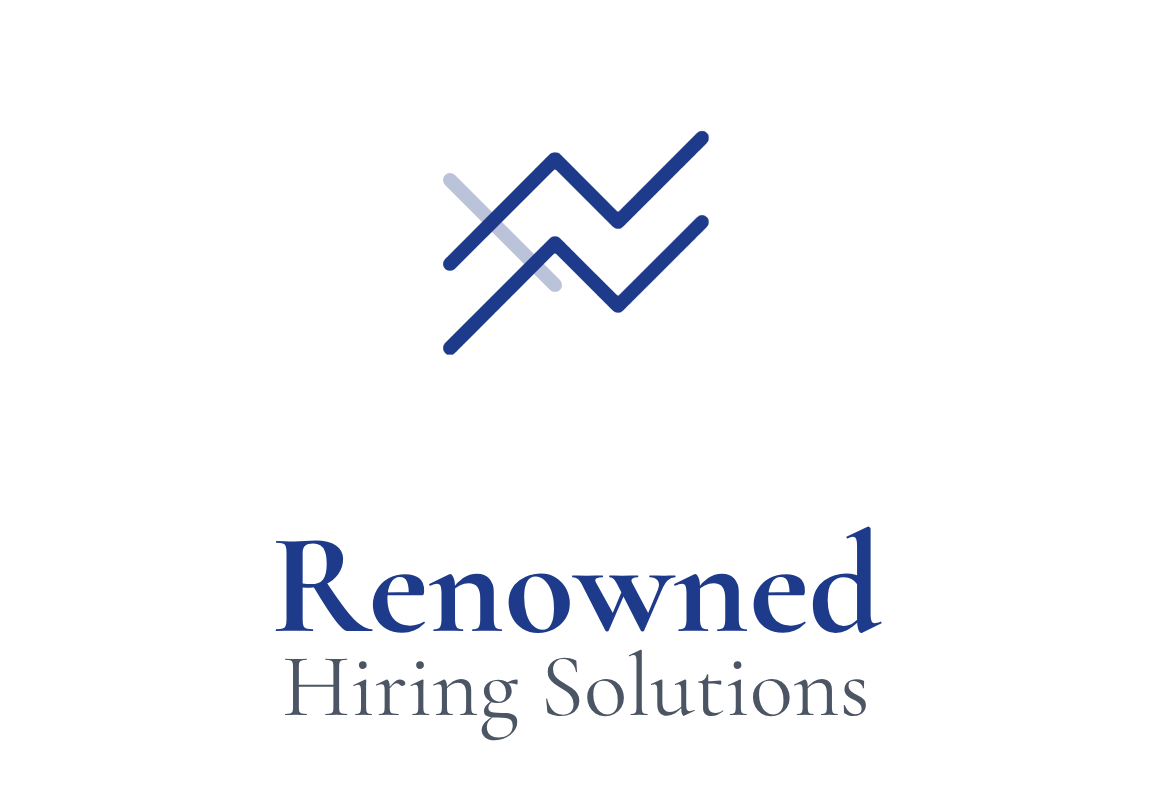In today’s fierce labor market, the job interview process has become a critical balancing act. Companies need thorough assessments to ensure they hire the best talent, but many struggle with “interview creep”—an excessive number of rounds that leads to candidate fatigue and risks losing top talent to competitors offering a faster, slicker process.
A positive Candidate Experience (CX) is paramount, directly influencing offer acceptance rates, employee referrals, and your overall employer brand. Since interview quality directly impacts both hiring costs and the long-term Quality of Hire, transforming your interview process is a strategic necessity.
Here are the four essential pillars for improving your job interview process, making it faster, fairer, and more effective.
1. Prioritize Efficiency and Set Clear Limits on Interview Rounds
One of the quickest ways to undermine your recruitment efforts is by allowing the process to drag on unnecessarily. Prolonged interviewing frustrates applicants, and data shows that roughly 71% of candidates will drop out or seriously consider abandoning a recruitment process if it moves too slowly or seems unnecessarily complex.
Finding the Optimal Number of Interviews
More interviews do not equal better hiring. In fact, they often result in diminishing returns and higher candidate drop-off.
- The Sweet Spot: Industry experts generally recommend aiming for no more than four interview rounds for most roles to maintain momentum and minimize risk.
- The Data: Research by Google found that four interviews were enough to predict hiring success with high confidence, demonstrating that rigor doesn’t require volume.
- The Value Test: Every additional interview stage must bring clear, non-redundant value. If an interview doesn’t introduce a new perspective or explore a new competency, eliminate it and gather that information using a high-validity pre-assessment tool instead.
Accelerating the Process (Reducing Time-to-Hire)
To reduce the Time-to-Hire (TTH), organizations must engineer efficiency:
- Leverage Technology: Utilize Applicant Tracking Systems (ATS) and automated scheduling tools to eliminate the tedious back-and-forth of coordination. Allow candidates to self-schedule interviews seamlessly.
- Pre-Screening: Implement skills-based assessments or work samples before the interview process begins. This ensures only highly qualified candidates move forward, preventing both the company and the applicant from wasting time on unsuitable matches.
- Enforce Internal SLAs: Establish and enforce Service Level Agreements (SLAs), mandating that hiring managers review résumés and provide interview feedback within a strict 24- to 48-hour window. Slow feedback is a critical bottleneck.
2. Mandate Structure to Ensure Fairness and Quality
Subjectivity is the “profound challenge” facing traditional interviewing. Unstructured interviews, which lack consistent questions and evaluation criteria, are highly susceptible to bias and poor prediction. Conversely, structured interviews are nearly twice as predictive of job performance as unstructured conversations.
Core Components of a High-Validity Structured Interview:
- Job Analysis Foundation: Start with a thorough job analysis to identify the essential skills and competencies required. This analysis is the foundation for all standardized questions.
- Standardized Questions: Use a consistent set of questions for all candidates applying for the same role. This levels the playing field and facilitates objective comparison.
- Use High-Validity Question Types:
- Behavioral Questions: Focus on past actions (using the STAR Method—Situation, Task, Action, Result) as they are critical predictors of future performance.
- Situational Questions: Explore how a candidate would handle future, job-related challenges or dilemmas.
- Implement Scorecards and Rubrics: Interviewers must use a predetermined rating system or scoring rubric aligned with specific job competencies. Rubrics should define what constitutes an excellent, average, or poor response using detailed descriptors to standardize scoring and mitigate bias.
Mitigating Bias During Evaluation
To ensure the structure translates into fairness:
- Delayed Consensus: Interviewers must submit their objective ratings and evidence notes immediately after the interview and before discussing the candidate with colleagues. This prevents anchoring bias (where the first score mentioned influences all others) and forces independent judgment.
- Diversity in Panels: Strive for diversity within interview panels to minimize individual biases and ensure multiple perspectives are used in the assessment.
3. Invest in Interviewer Training and Calibration
Deciding who to hire is one of the most impactful decisions a business can make, yet many companies overlook the necessity of properly training those involved. Untrained interviewers risk asking legally risky questions, making biased snap judgments, and damaging the Candidate Experience.
Key Training Topics:
- Structured Interviewing Techniques: Train interviewers on how to use standardized questions, probe effectively beyond surface-level answers, and stick only to job-relevant criteria.
- Bias Awareness & BST: Move beyond simple Unconscious Bias Training (UBT) and implement Behavioral Skills Training (BST). BST focuses on practicing the measurable, observable skills—like objective note-taking and strict rubric adherence—that systematically de-bias the process.
- Legal Compliance: Educate managers on legally risky questions related to protected characteristics that must be avoided.
- Active Listening: Train interviewers to listen more than they speak, allowing the candidate the space to elaborate and provide full STAR responses.
Calibration for Consistency (Inter-Rater Reliability)
Training requires ongoing calibration to ensure that all interviewers interpret the scoring standards consistently—a metric known as Inter-Rater Reliability (IRR).
- Define “Good”: The hiring team must rigorously align on the job requirements and what constitutes a strong, acceptable, and poor response for each competency measured on the scorecard.
- Practice Scoring: Conduct mock interviews or use recorded examples, then have interviewers collectively score the candidate and discuss discrepancies. This process standardizes the interpretation of the rating scale across the entire hiring team.
4. Master Transparent and Timely Communication
Clear, prompt communication is the cornerstone of a positive Candidate Experience (CX). Candidates are assessing the employer just as much as they are being assessed.
Setting Expectations (Transparency)
Candidates appreciate knowing what to expect at every stage. Employers should clearly outline:
- The Process Roadmap: The number of interview stages, their purpose, the stakeholders involved, and a realistic timeframe for the entire process.
- Culture and Value Proposition: Interviewers should be ready to pitch the organization to the candidate, detailing the company culture and growth opportunities.
The Importance of Feedback and Closing the Loop
A major complaint in the hiring landscape is “employer ghosting.” Responsiveness is not optional—it’s an integrity test for your brand.
- Timely Feedback: Follow up promptly after interviews to alleviate candidate stress. Feedback should be provided as soon as possible, ideally within the internal 24- to 48-hour SLA.
- Constructive Feedback (Even for Rejection): Giving candidates constructive feedback shows respect for their time. Most rejected candidates (70%) say receiving a clear reason for their non-selection leaves them with a positive impression of the company, making them more willing to refer others.
- Measure CX: Use metrics like the Candidate Net Promoter Score (CNPS) to quantify candidate satisfaction, particularly for rejected candidates. If rejected candidates are still recommending your process, you know your CX is strong.
Conclusion: Transform Hiring from a Gamble to a Predictable Science
The era of “interview creep” and subjective hiring is over. Your ability to attract and retain top talent is directly proportional to the efficiency and fairness of your hiring process. By enforcing structure, implementing the Rule of 4, investing in targeted training, and prioritizing transparent communication, you can reduce systemic delays, mitigate costly biases, and secure the high-quality hires required to drive your business forward.


Leave a Reply